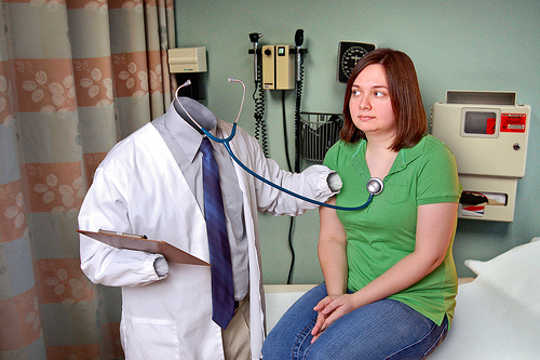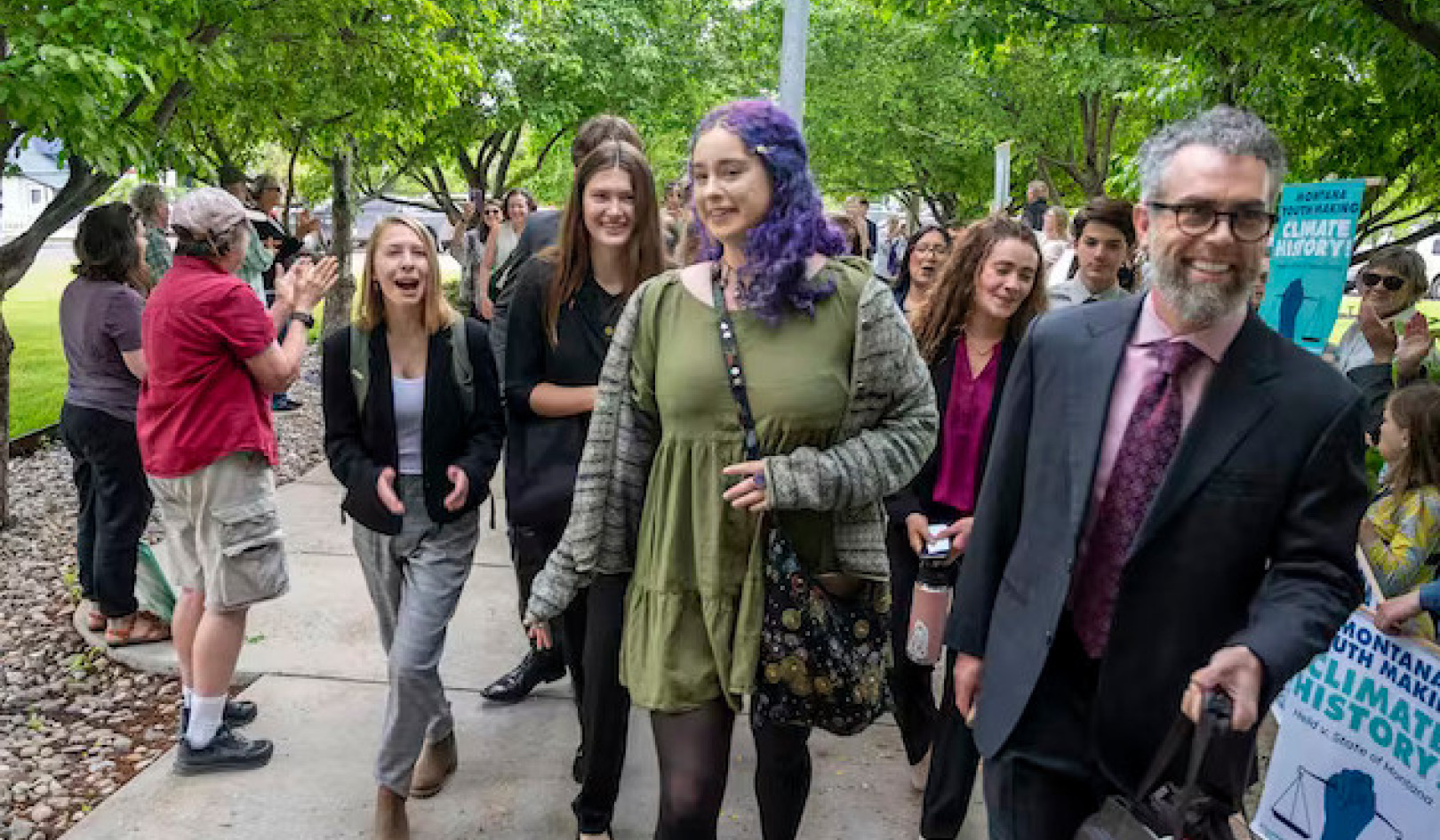
The Ninth Circuit Court of Appeals in San Francisco on Feb. 9 upheld the restraining order on President Trump’s immigration ban. A key argument used by the States of Washington and Minnesota was the negative impact of the ban on higher education, but an important corollary is the impact on medical care in the U.S. While the world waits for a final decision on the matter, potentially from the Supreme Court, it’s critical to look at the potential ramifications of the ban.
Regardless of the ultimate ruling, the travel ban has already had significant consequences for people from the seven targeted majority Muslim countries and American citizens. Doctors are among those people directly affected – and that has big implications for health care delivery in U.S. hospitals, particularly those in rural America and inner-city safety net hospitals.
Physicians who are citizens of these nations who were traveling outside the country at the time of the ban have been detained or refused access to the U.S.
Larger-scale, lasting effects of a ban on the graduate medical education system are likely to be even more severe and may further strain an already overstretched health care system and affect the care of communities across the U.S. Indeed, the president of the American Medical Association already has written a letter to the Department of Homeland Security, explaining how the ban could affect those who are already underserved by limiting doctors from other countries.
As physicians involved with educating and training the next generation of doctors, we see dire consequences for health care delivery in our country if the travel ban is reinstated.
A looming deadline
Even though the ban has been temporarily lifted, the timing could not be worse for international applicants hoping to train in the U.S. While new resident physicians typically begin on July 1, the match process that allots positions occurs much sooner. On Feb. 22, residency program directors must submit their rank list of which applicants they would like to have in their program.
Therefore, without clear signs that travel for foreign applicants will be possible by July, program directors who want to protect their training program from staffing shortages may decide against ranking these applicants. The loss of a single incoming class of international medical graduates will significantly decrease the number of residents in training and physician capacity in hospitals and health care systems across the U.S.
Graduates from outside the United States constitute 26 percent of the U.S. graduate medical training. These foreign medical graduates usually fill resident training positions that are left vacant after medical schools match U.S.-based students to residency programs.
Therefore, foreign graduates typically do not take spots away from graduates of American medical schools, but instead provide medical care in hospitals that will otherwise be understaffed. These include rural hospitals around the country, where it is especially hard to recruit physicians, and safety net hospitals serving the poor.
Primary care could be threatened
Even if all current residency positions could be filled with U.S. medical school graduates and eliminate the need for any additional resident physicians from outside the U.S., the projected demand for physicians in the near future will still not be met.
Physicians in graduate medical education provide a significant proportion of all health care in the U.S., with teaching hospitals accounting for 40 percent of charity care (US$8.4 billion annually) and 28 percent of Medicaid hospitalizations. Without sufficient residents to care for patients, teaching hospitals are ill-equipped to maintain this role for the poorest patients and may not continue to meet this critical societal need.
Physicians who are both foreign-born and U.S.-born and trained outside the country constitute more than a quarter of all practicing physicians in the U.S.
While the country of origin of these doctors is not often reported on a country-by-country basis, a recent interview with the Association of American Medical Colleges reported 260 physicians in training were from the seven targeted nations last year.
Expanded travel bans could dramatically increase that number as, between 2008 and 2010, 16 percent of these international medical graduates taking a required licensing exam were from Middle Eastern countries.
A drop in primary care providers
These international physicians also disproportionately work in primary care fields that are the hardest hit by the ongoing U.S. physician shortage crisis.
Currently, primary care programs have 50 percent of their residency slots filled by nonallopathic students and international medical graduates, whose absence could cripple primary care capacity.
Having a primary care doctor leads to increased access to care, reduced emergency department visits, decreased hospitalizations and improved management of chronic conditions, and decreased acute care utilization can lower overall health care spending. Similarly, general surgery has seen a 13 percent decrease in U.S. graduates in the specialty; however, this shortcoming has been buffered by influxes of international medical graduates. Delays in scheduling operative cases have also been associated with increased health care costs, making adequate numbers of surgeons another cost containment strategy.
Without international physicians entering the graduate medical education workforce, it would require substantial changes to maintain the current level of physician staffing in health care systems, such as replacing physicians with midlevel providers which may further inflate health care costs.
While physician shortage is a challenge for many communities across the U.S., the pain will not be distributed equally among all Americans.
Minority and low socioeconomic status patients are more likely to suffer from increased physician shortages, are most likely to be impacted by increased wait times to get care, and stand to lose the benefit of having a primary care doctor that has also shown to confer benefits to at-risk populations.
President Trump’s immigration ban has the potential for immediate ramifications for the hospital and health care system workforce in the U.S. Long term, decreases in the number of international medical graduates in training will result in fewer primary care physicians and general surgeons, just as the country is likely to need more.
This immigration policy can have significant adverse impacts on health care delivery and the health of Americans. These consequences should be critically considered in related immigration and travel ban policy decisions moving forward.
![]()
About The Author
John Burkhardt, Lecturer, University of Michigan and Mahshid Abir, Assistant Professor, Department of Emergency Medicine, Director of the Acute Care Research Unit, University of Michigan
This article was originally published on The Conversation. Read the original article.
Related Books
at InnerSelf Market and Amazon
























